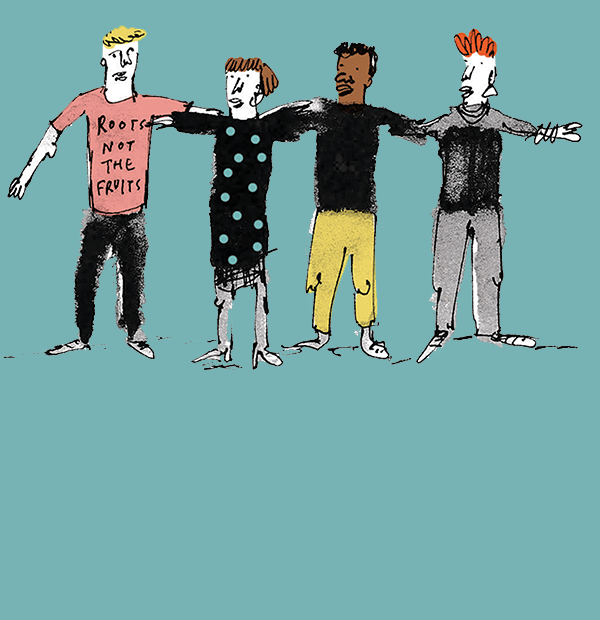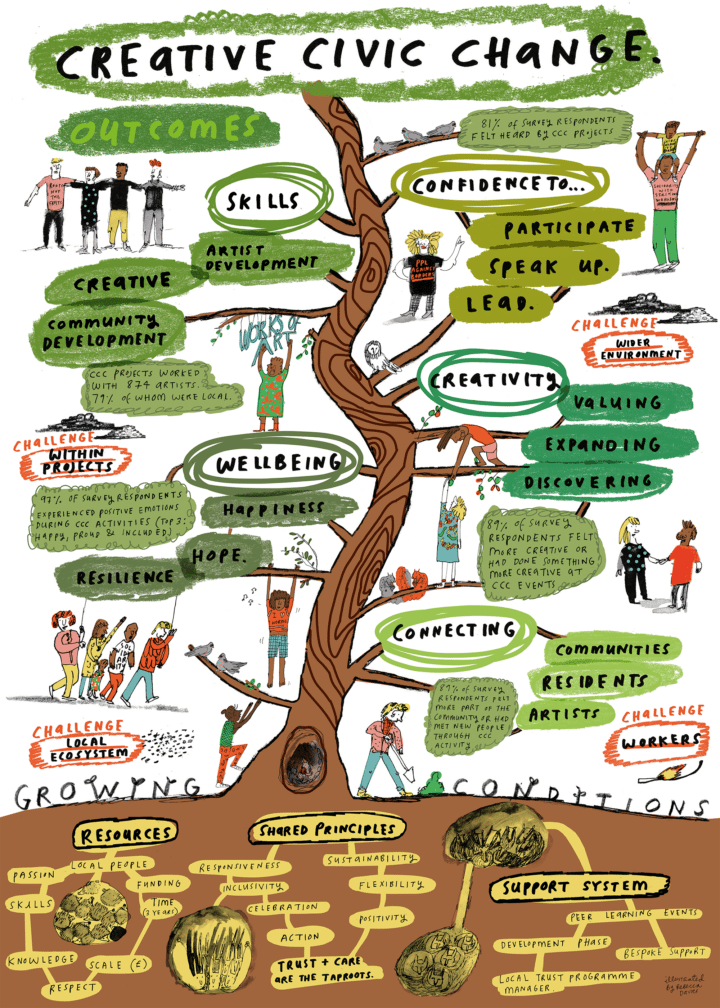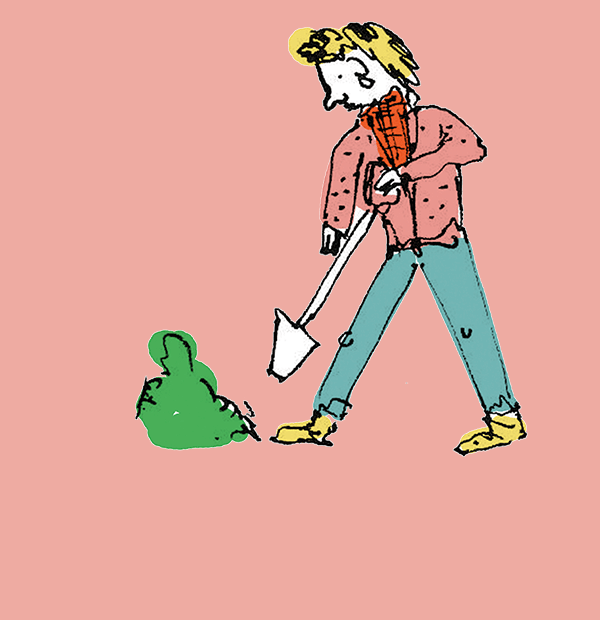The benefits of peer learning in Creative Civic Change
This is part of a series of reflections on Creative Civic Change, Local Trust’s experimental funding programme that supported 15 communities across England to shape, lead and commission arts and creative interventions, to make positive social change where they lived.
Amanda Smethurst from the Creative Civic Change evaluation team discusses how peer learning was a core aspect of the programme.
The practice of peer learning was embedded throughout Creative Civic Change from the outset, as part of the programme evaluation. This approach was established as a way of creating space for the projects to come together and reflect on their experiences.
Peer learning is, in its simplest form, a practice that supports people to learn with and from each other.
For us, it was critical that peer learning took place in a context where people could be honest about the successes as well as the failures or challenges they have faced, which felt particularly important for a project like Creative Civic Change, where the spirit was one of trying new things and taking risks. This approach was positively embraced by the project lead of Good Stuff in St Leonards, as it enabled a different way of working:
“To have that freedom to just try things out I think really has a big impact on how and what is created and in what ways the groups work together, you know, being able to try things out and having that permission to fail.”
Unusually the funders also embraced the opportunity to reflect together on their learning over the four years of Creative Civic Change, and to use this as an opportunity to inform future planning and policy.
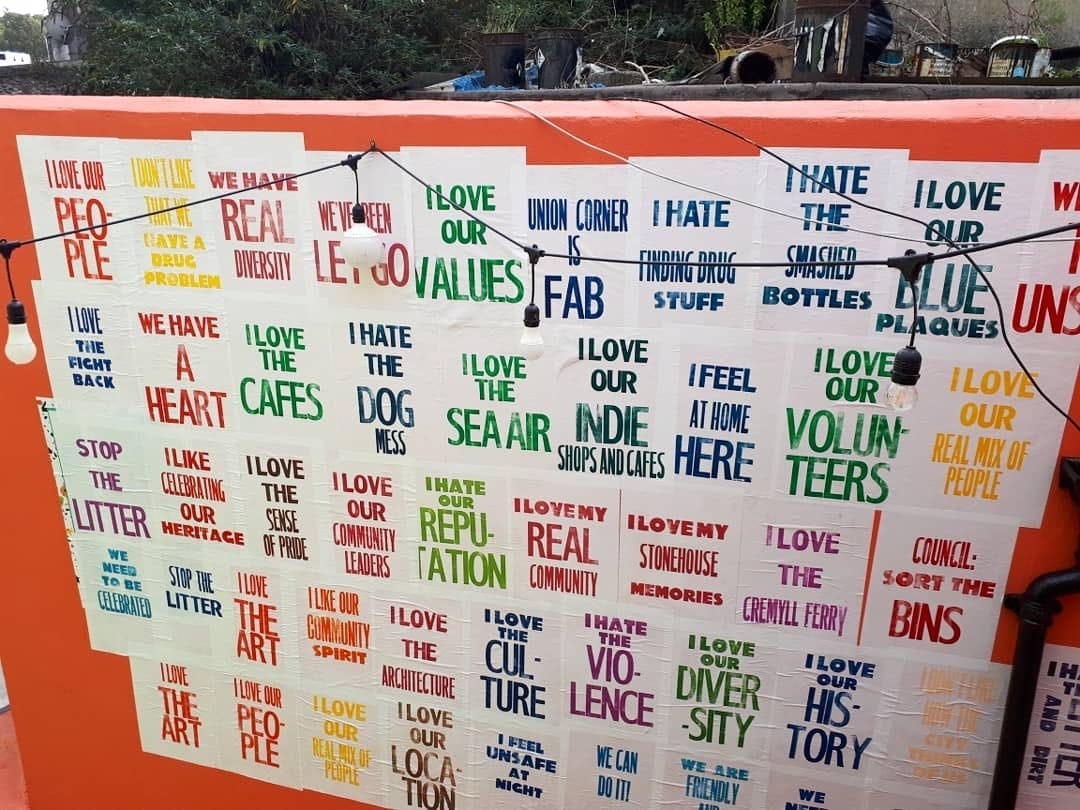
Artwork created by Creative Civic Change project, Nudge Community Builders.
What did peer learning look like?
Throughout the Creative Civic Change programme peer learning took place in different ways, responding to different learning needs and the impact of COVID-19, which meant we shifted from face-to-face moments, to embracing Zoom for our conversations. The specific learning moments included:
- Three face-to-face opportunities for the projects to all come together, hosted by one of the projects for two days, with a blend of creative and peer learning activities.
- Regular, facilitated reflective learning sessions on Zoom for the projects.
- Learning sessions for critical friends.
- Reflections for the funders.
Key to all of these formats was having a facilitated space that encouraged and welcomed contributions from everyone. The project lead at Greater Creative in Derbyshire was an enthusiastic participant for peer learning from the start of the project:
“It’s got such a heart to it … it’s felt like we’ve had more honest and deeper conversations.”
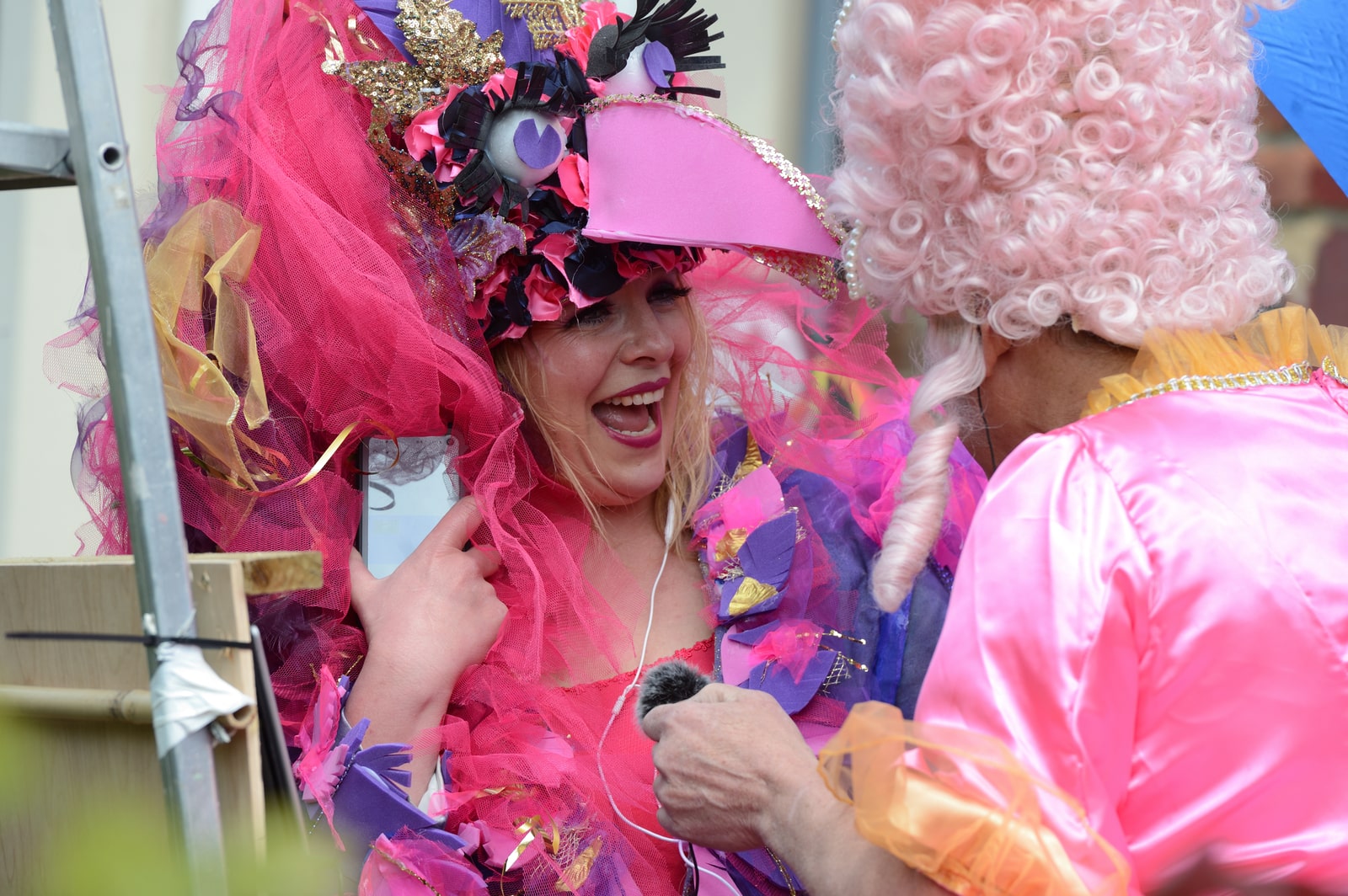
Local residents joining the Whitley Bay Lockdown Carnival in 2020.
What was the impact of peer learning?
There were many impacts from the experience of being involved in peer learning, some for individuals, and for projects or the cohort as a whole.
Peer learning can be an invaluable opportunity to pause, stop and breathe. It’s a chance to lift your head up from the rollercoaster of delivery and to really see what’s happening. The project lead for Creative Kingswood and Hazel Leys was very busy delivering various projects, including the Community Shed and poetry slam nights, and valued the chance to have a dedicated time to put the brakes on:
“Actually, what it does … it gives us a chance to step out and reflect. And it kind of forces it in and in some days, or weeks, or months where it’s just too busy.”
That chance to look around creates moments to reflect on what you’re doing and to change and adapt where things may not be working as well as you’d like. Projects were encouraged to share and explore the challenges and failures they experienced, alongside the successes, as within those failures were real learning opportunities. Community development work was relatively new for the project lead at Whitley Bay, who said in their reflections:
“I’ve come from a career in teaching, where if you didn’t get it right, you didn’t get it right. And that was a bad thing. Whereas getting things wrong was actually just a chance to learn.”
For some people, admitting the challenges they faced took confidence and courage, but this was made possible as they were supported by each other, and a space was created that people could feel safe in. Sharing challenges also creates reassurance, and connection, as there were often more people experiencing them than people realised. After initial scepticism about the value of peer learning, the project lead for Creative West End noted that:
“You’ve got other people that are on your wavelength, have the same challenges.”
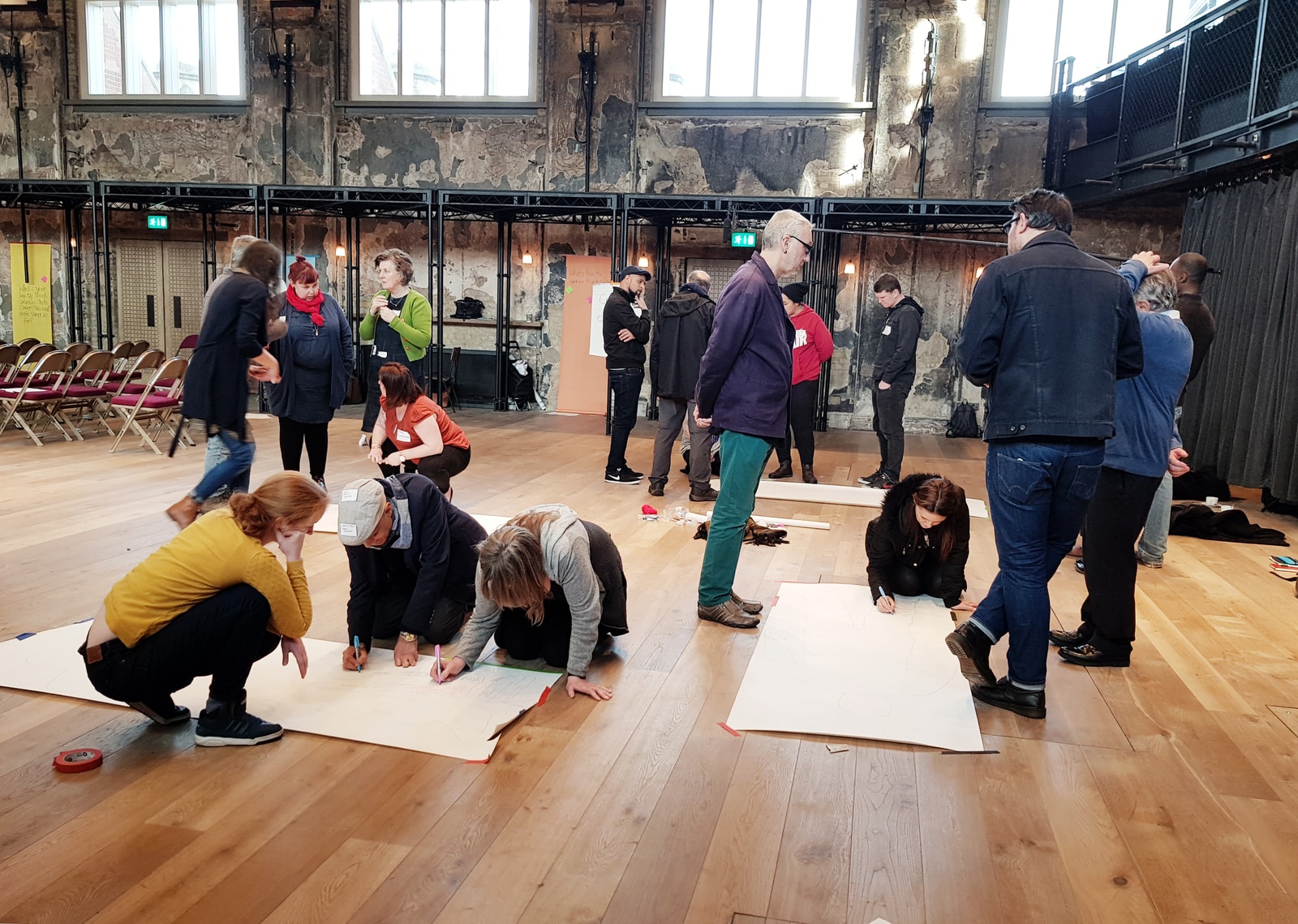
A learning event for participants in the Creative Civic Change programme.
The depth of honesty about challenges and the sense of trust developed throughout Creative Civic Change across the projects, as people took time to connect and share, reduced isolation.
This supported people leading the projects, who were often working in complex contexts with small teams and working groups. People were often attempting to juggle and meet the needs of many, while also dealing with their own experiences. This was particularly notable during the COVID-19 lockdowns, as observed by the project lead for Whitley Bay:
“… because we met really regularly through lockdown, we saw everyone’s highs and real lows as well, there was a real connection through that. Those opportunities to be connected, it was reassuring … it felt like, ‘oh god, we’re really just messing this up’.
“And then when you hear other people, it’s not just us feeling like we’re absolute failures. And everybody was dealing with it in different ways … Because when you’re running a project, you can feel quite isolated … And, you know, we are all in similar boats.”
It was also important to collectively celebrate our successes and the things that people were proud of achieving, bringing project workers and communities together to learn from each other. The project lead from Remake actively embraced this, arriving at the two-day peer learning events with community members who relished the opportunity to meet others and to actively contribute to the story of the Creative Civic Change programme as a whole:
“Bringing people together in celebration and celebrating us as practitioners, and celebrating our communities, and welcoming people in, giving people space and a voice, and letting people play and talk and do interesting things.”
We saw bonds built across projects, especially for individuals who had the chance to meet other people from outside of their communities. For a working group member from Creative Kingswood and Hazel Leys, this was invaluable:
Peer learning groups. I love them. Getting to meet new people and learning new things … I love them. Yeah, there’s just memories, and talking, meeting new people and people that I probably wouldn’t have ever spoke to in the street.”
Project worker
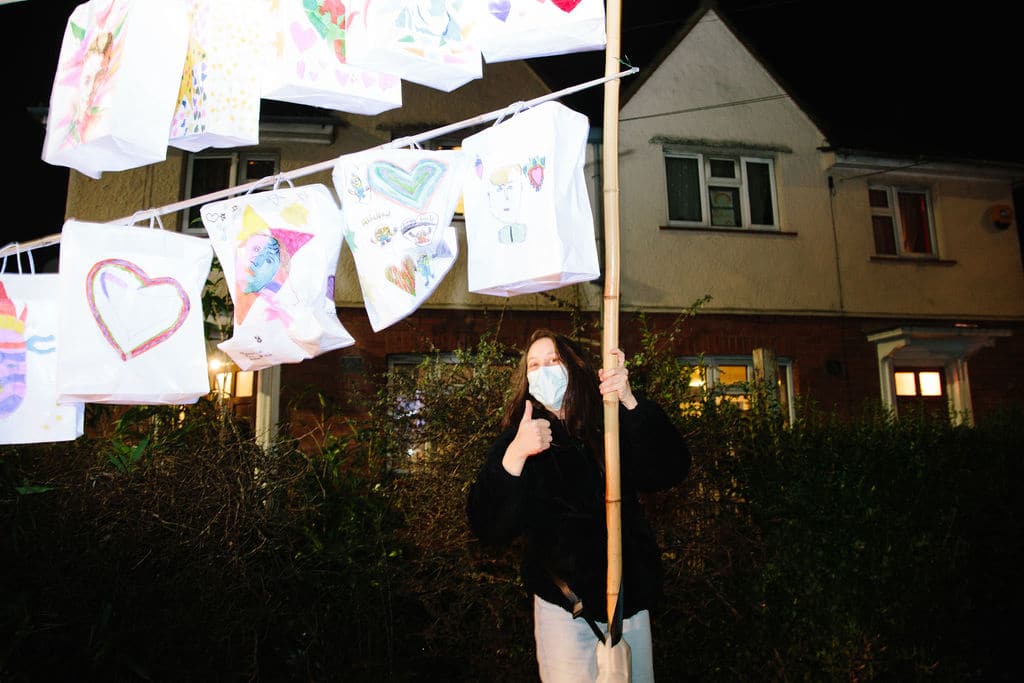
A resident joining the Lantern Parade, held by Creative Civic Change project Filwood Fantastic.
While peer learning was committed to by the funders from the outset, an outcome that surprised everyone was the clear sense of a collective, a cohort across all the projects that peer learning created. The reason for this was described by a member of the Creative Kingswood and Hazel Leys working group as :
“That sense of connection and network projects as well and understanding what they’re up to know what’s made that happen.”
This depth of connection has also resulted in new collaborations being formed across projects who are, for instance, coming together to create Zoom poetry slams, as well as learning how to deliver specific projects such as murals, for example. And this is only the start, as the connections will be built on in the future, and plans are already being made for this to continue by a working group member in Creative West End:
What’s great about CCC is the way that culture is fostered outside of the area … we’ve met some amazing people. And hopefully we might do some cool stuff together.”
Project worker
We observed and heard the value of having these spaces around people, where they can take some time and support each other in their learning. It feels as if there is an additional richness to Creative Civic Change as a result of this layer of facilitated learning being embedded from the beginning.

